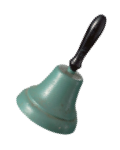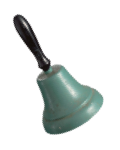A Taste of Outfield Camp: Heritage in a Mess Tin
18, 25 May • 10:30am •
Soldiers, fall in! Join us on a journey of discovery and rediscovery where you get a taste of an outfield camp experience. Then, prepare for a ‘route march’ to SAFTI Military Institute, where you get some insights about the rich traditions and heritage of the SAF, from its passing out parade to going up the iconic SAFTI Tower in this unique, once-in-a-lifetime opportunity!


